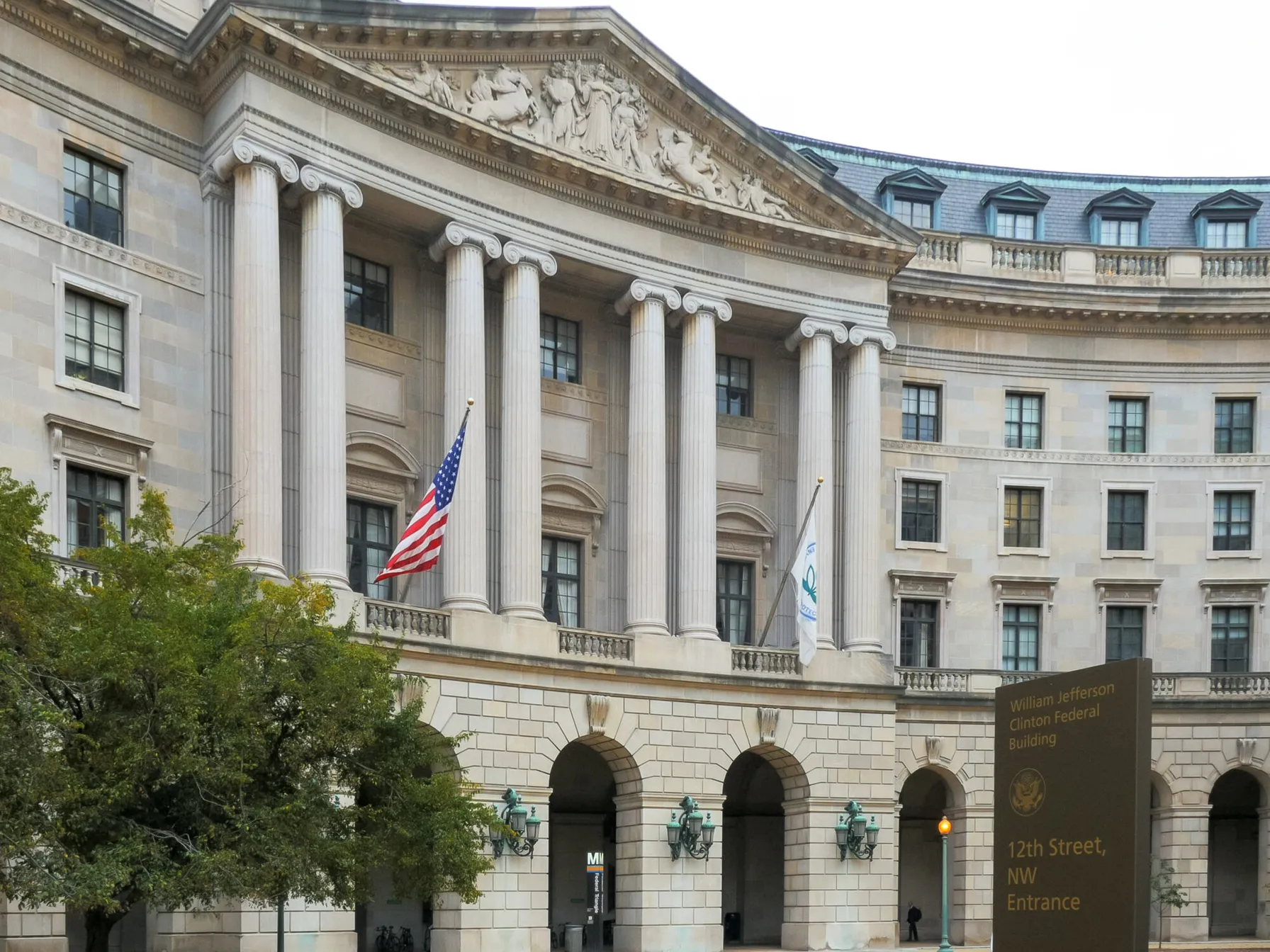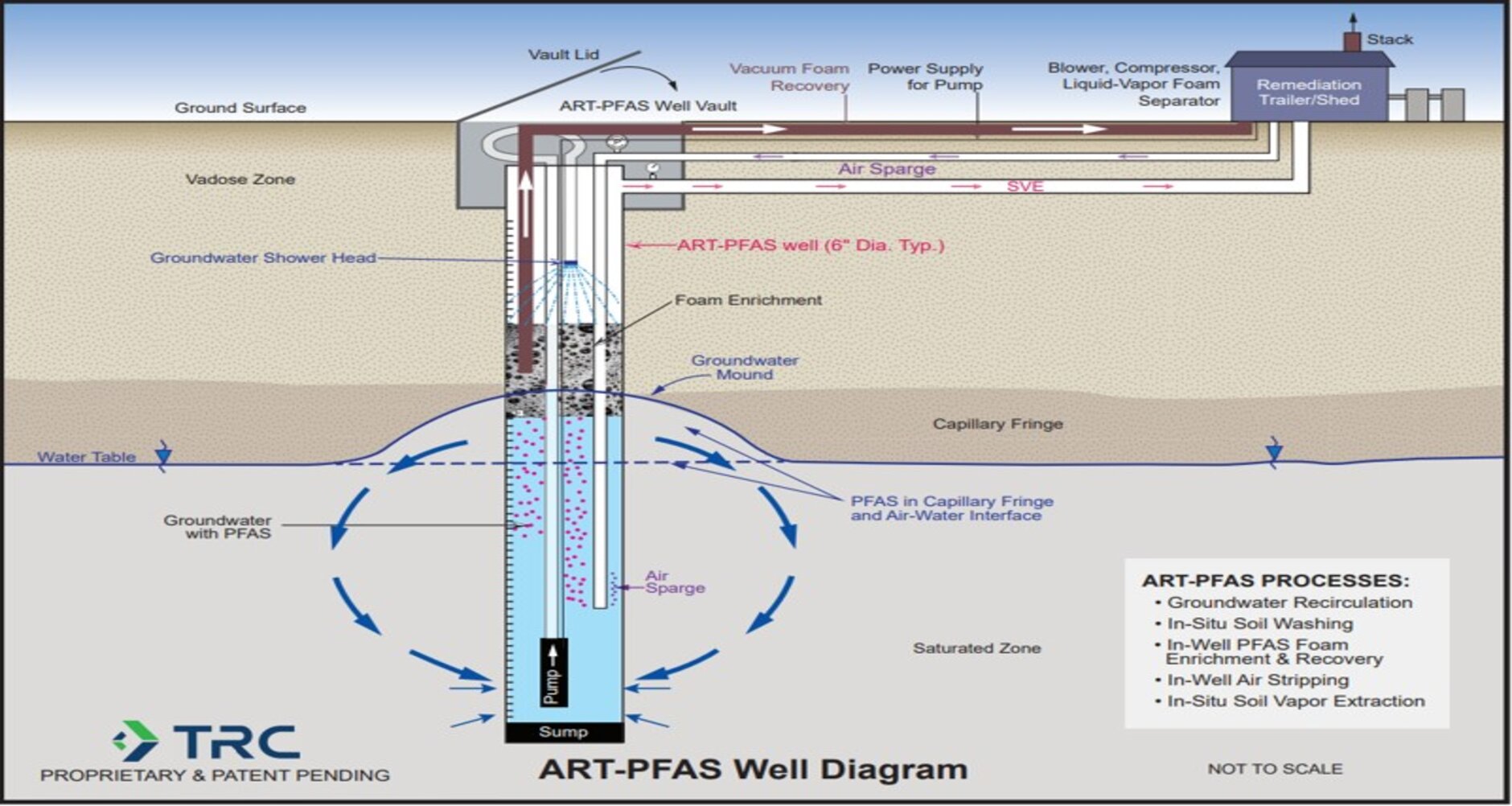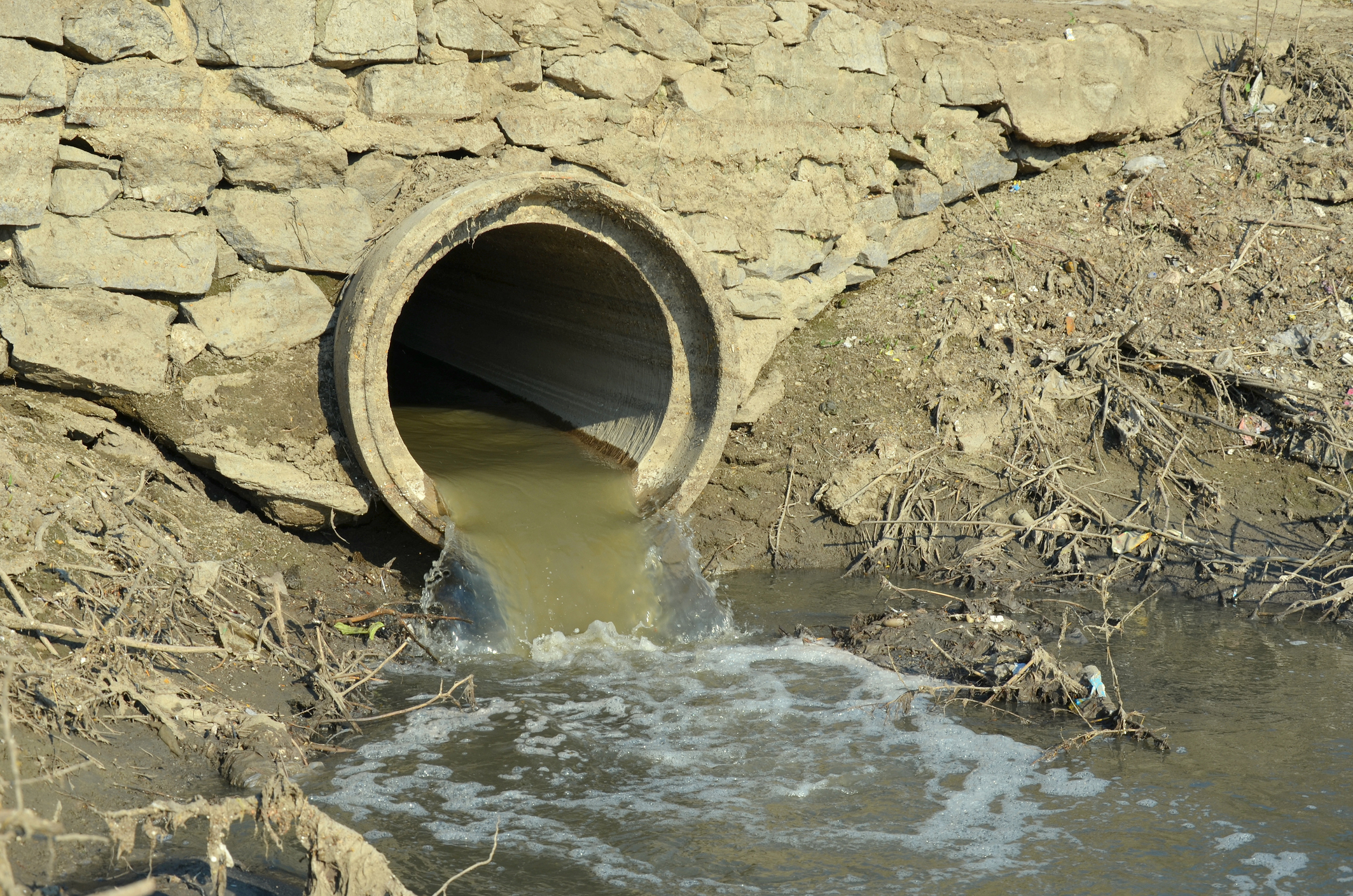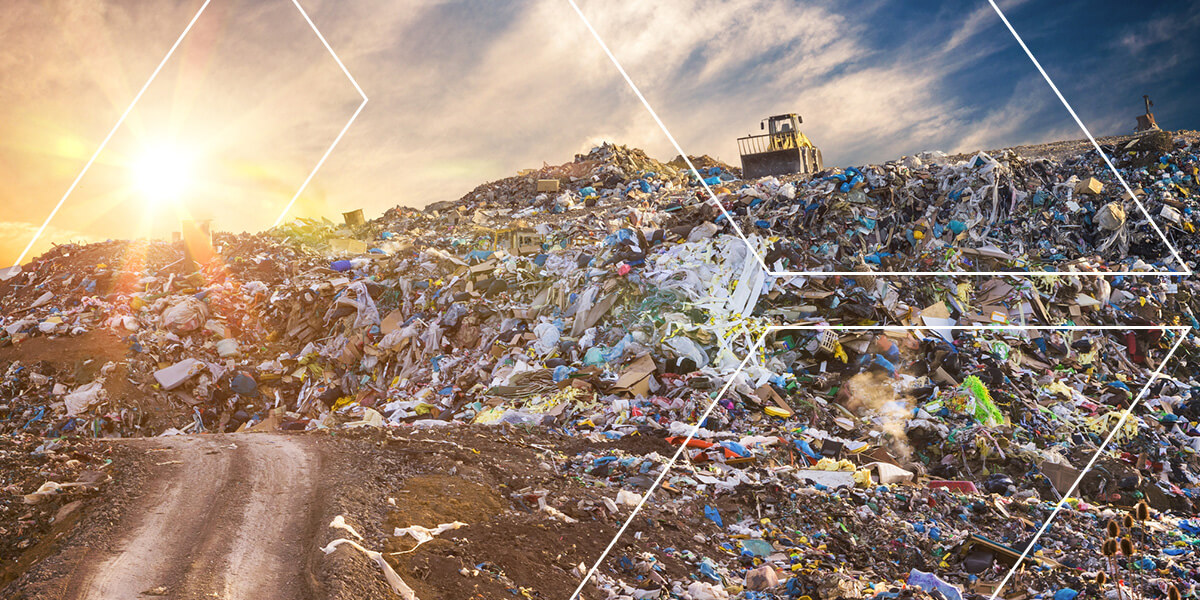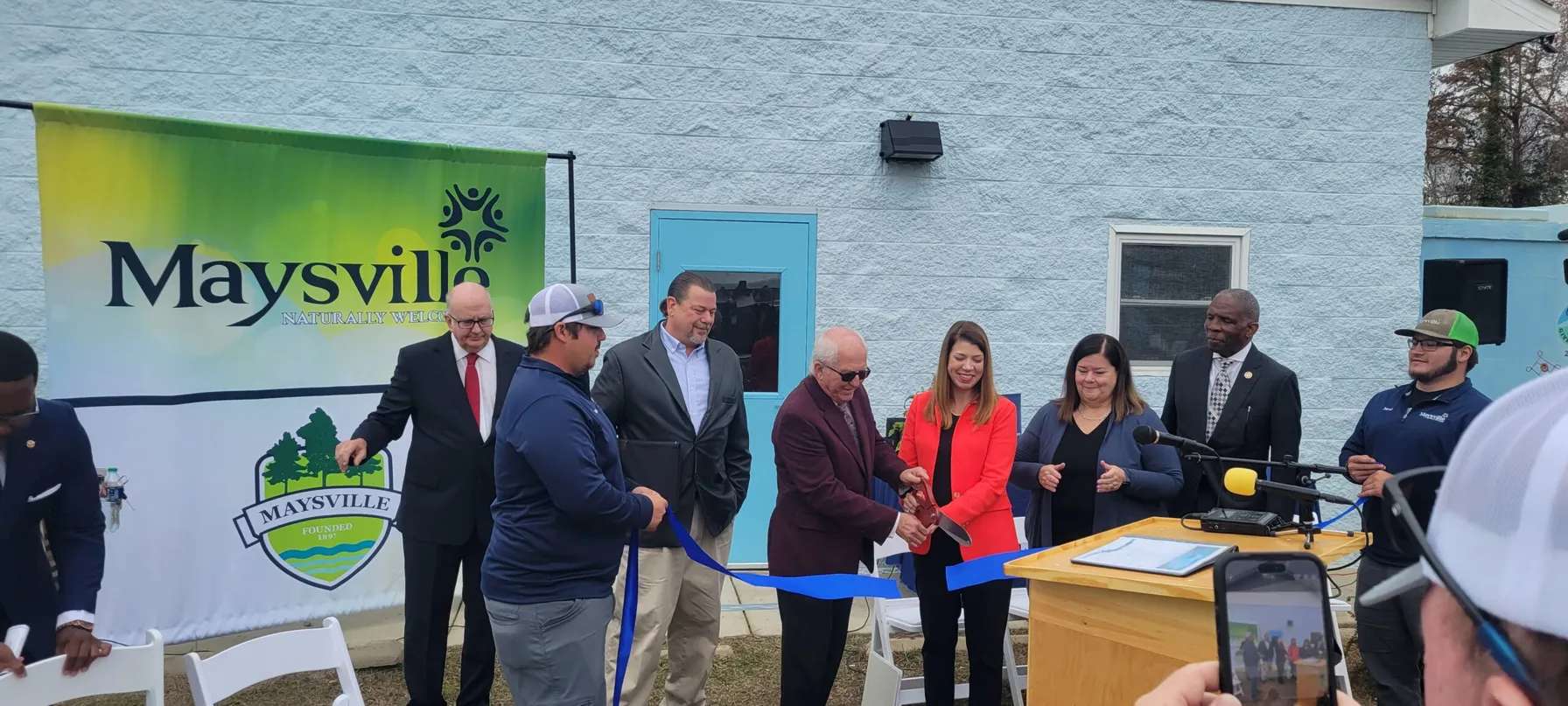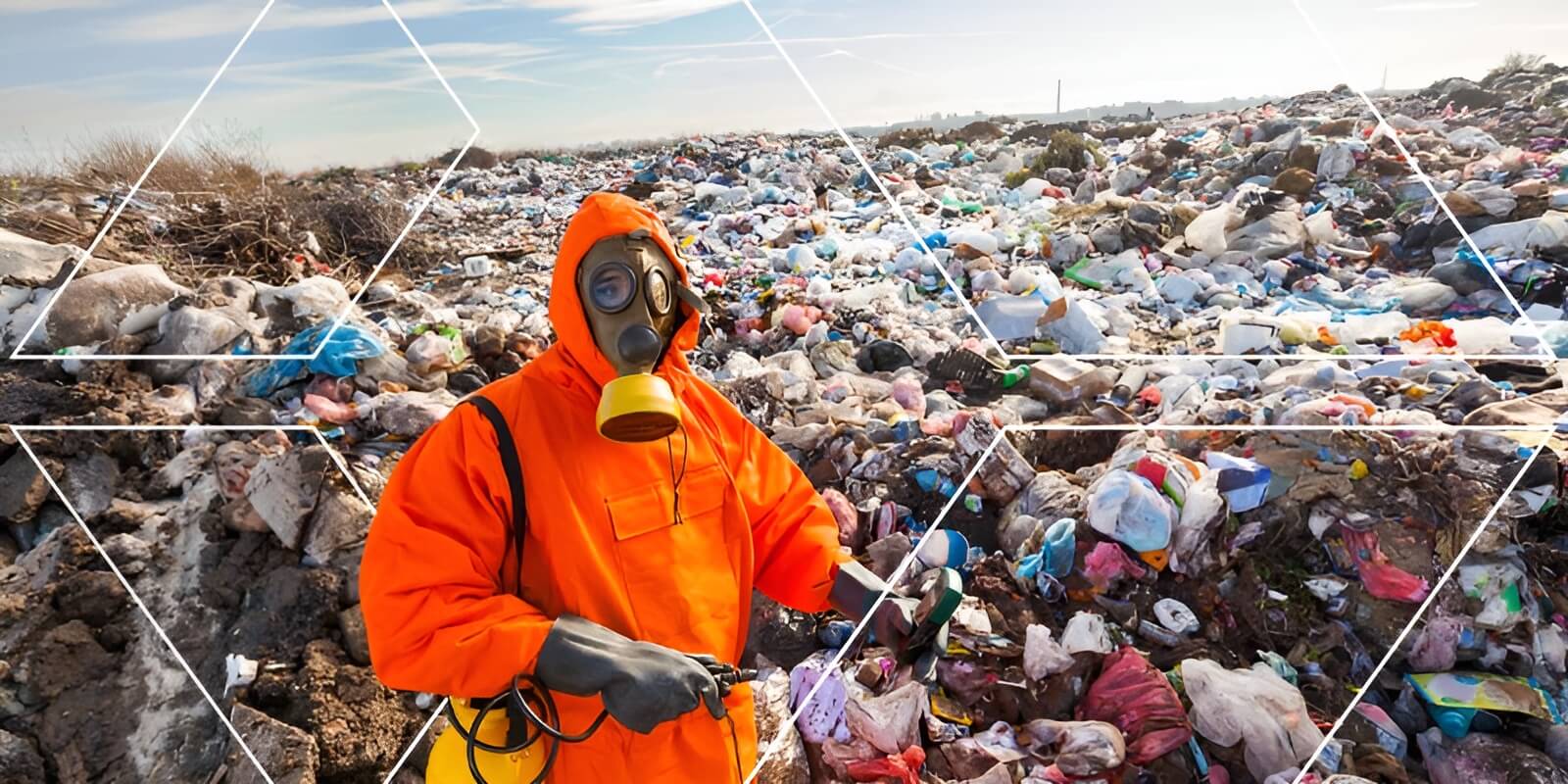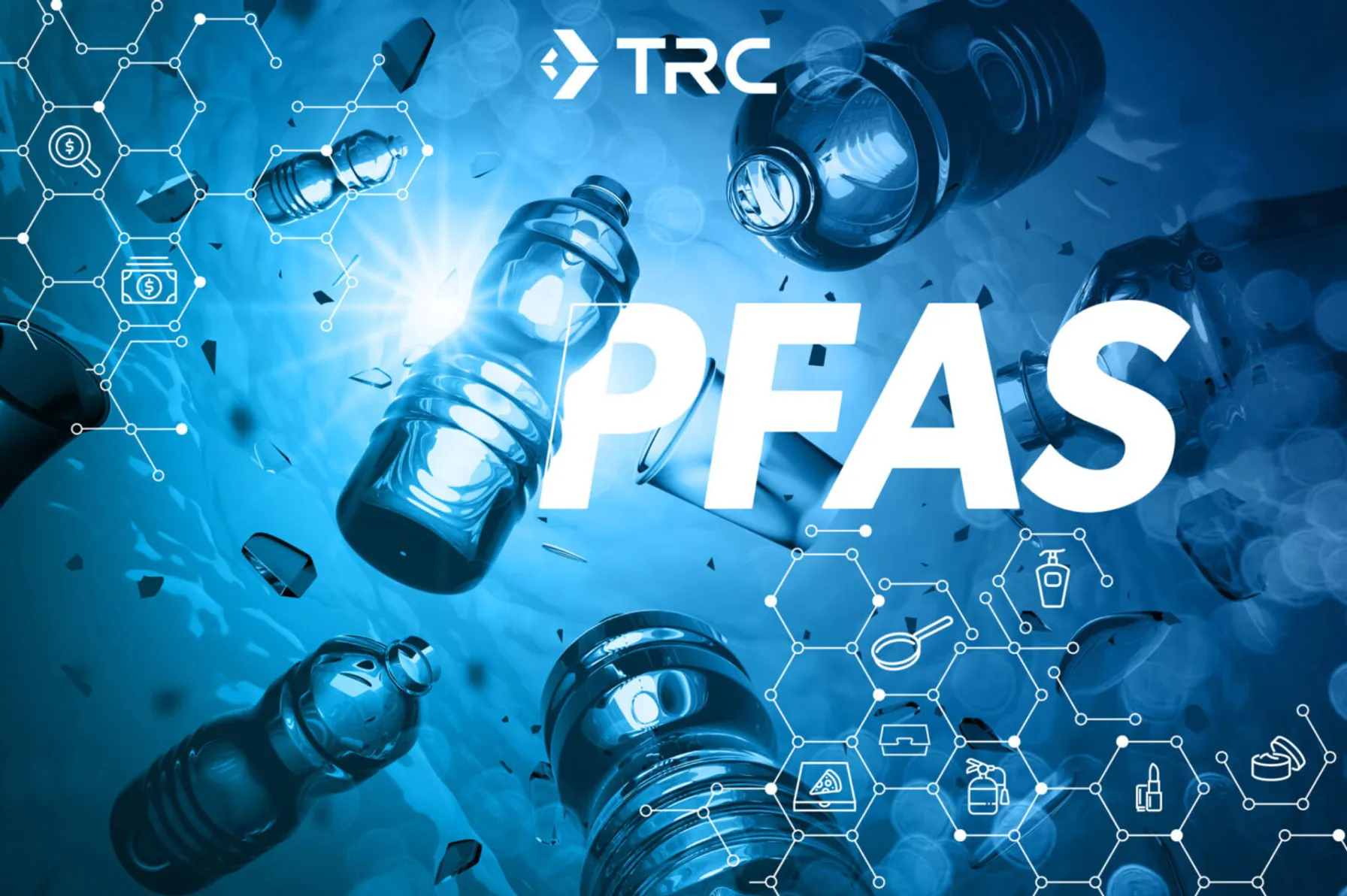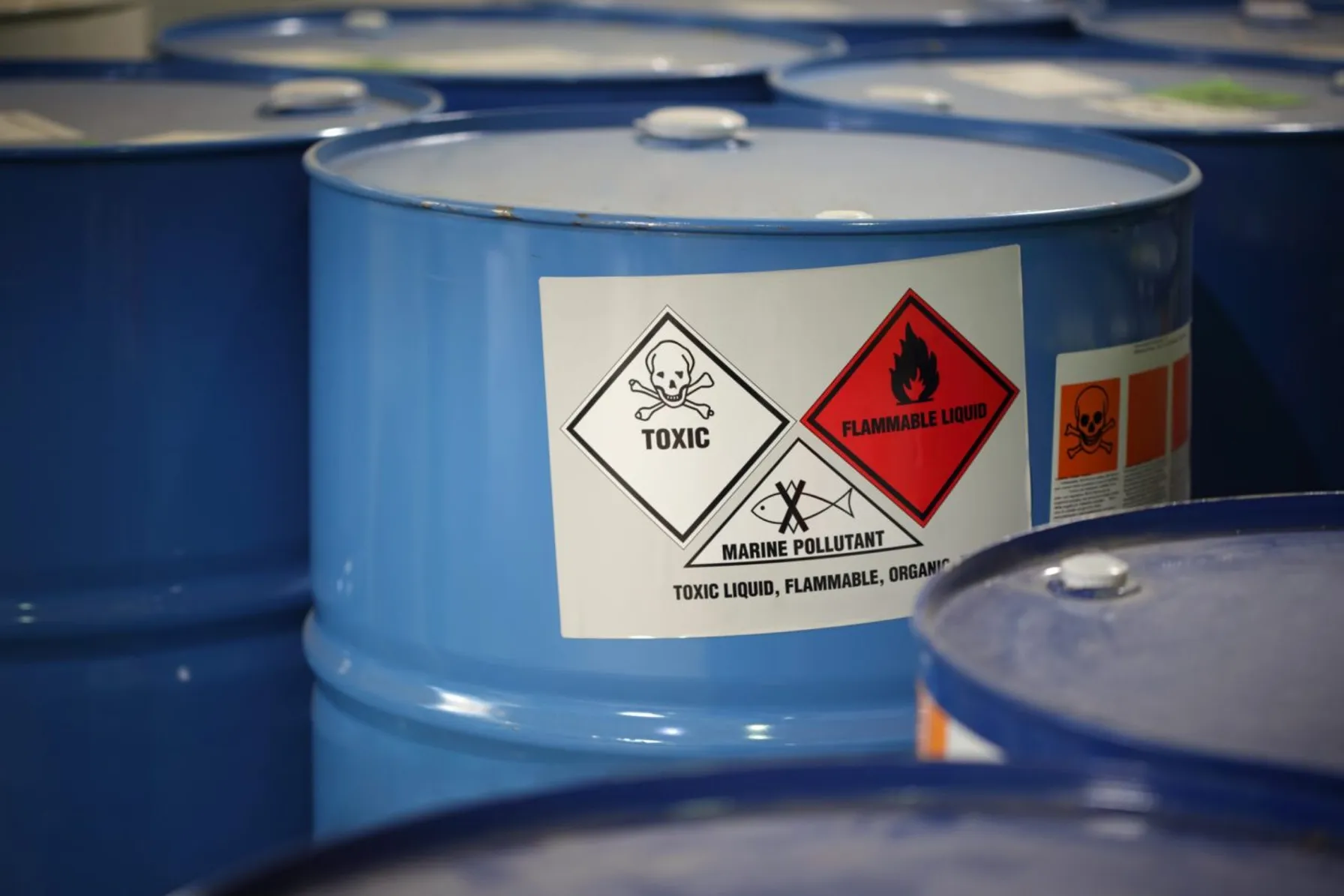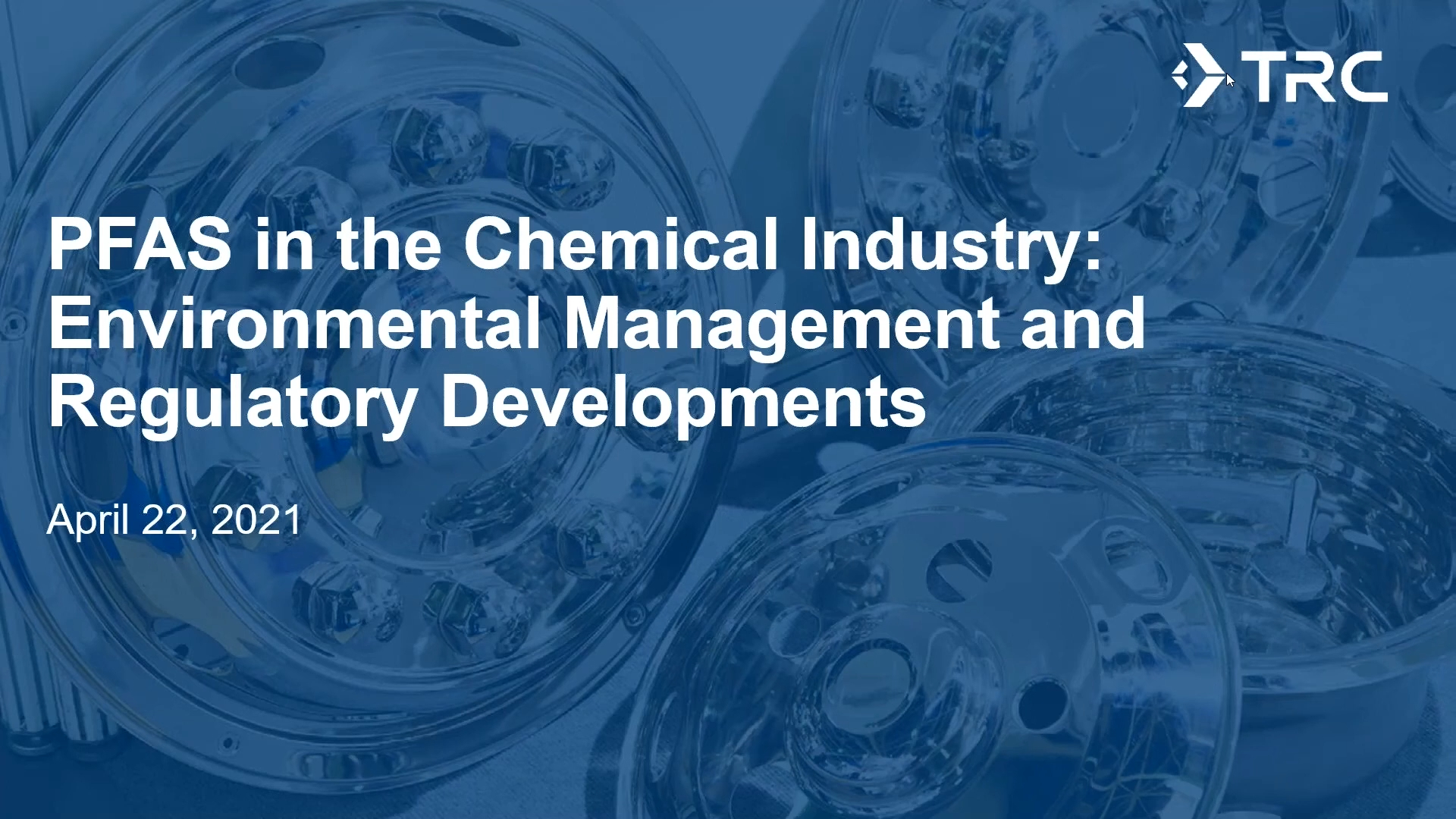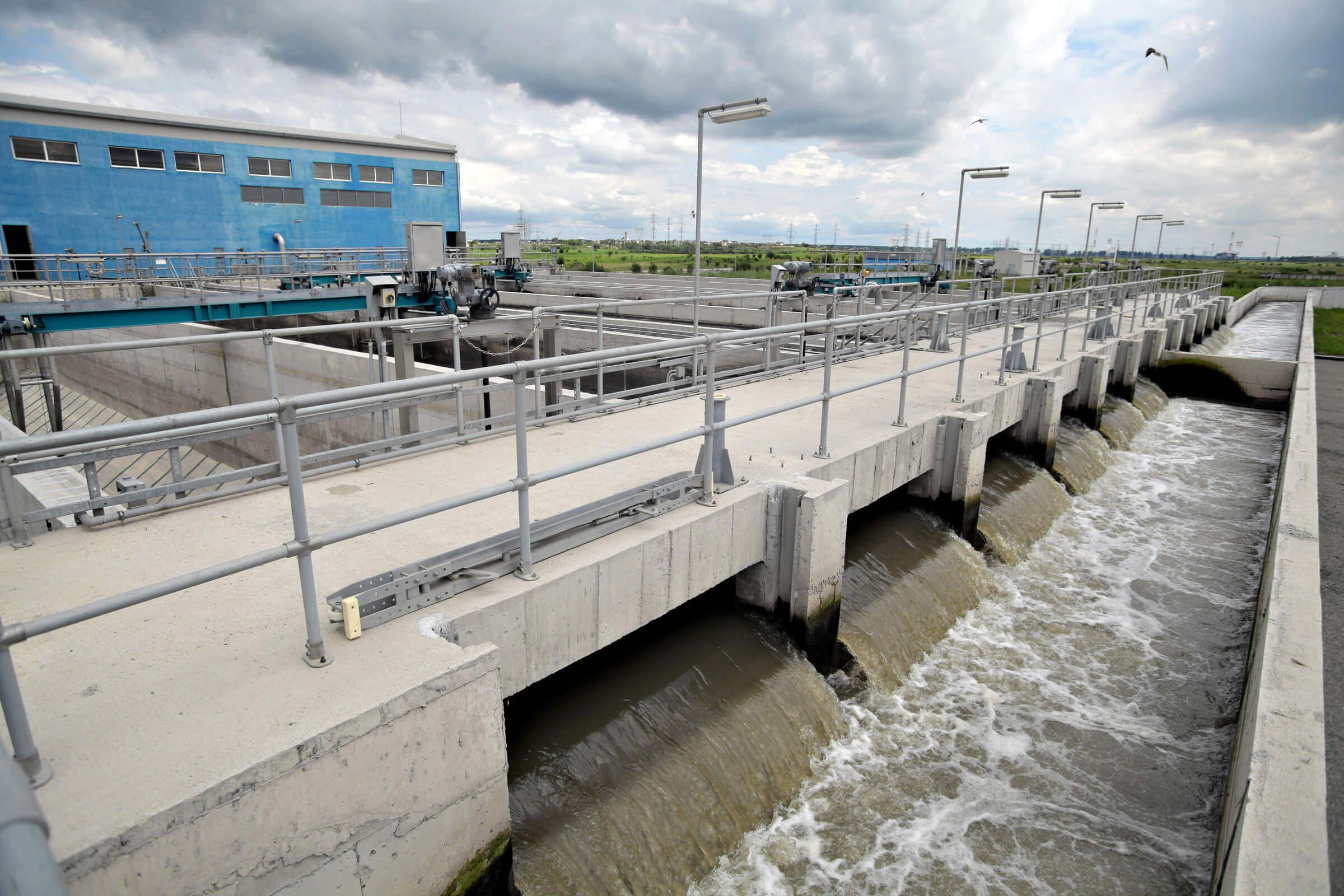The USEPA’s Toxic Substances Control Act (TSCA) reporting and recordkeeping rule for per- and polyfluoroalkyl substances (PFAS) requires PFAS manufacturers and importers to report information related to chemical identity and structure, production, use, byproducts, exposure, disposal and health and environmental effects. The rule originally had an 18-month compliance timeline starting on the effective date of November 12, 2023. However, EPA has issued an eight-month extension for reporting with a new deadline of January 11, 2026. Despite the extension, it is important to start due diligence now, to document what is reportable and implement a strategy for demonstrating compliance.
Article importers requirements adds a large universe of reporting entities to this program. Reach out to Mark Robinson, TRC’s National Service Leader for Chemical Management and Reporting Services, today for assistance with TSCA and PFAS-related reporting.
TRC has been actively tracking the development of this and other EPA PFAS-related rulemakings, participating in the creation of the Interstate Technology and Regulatory Council (ITRC) PFAS content and providing updates for industry associations and conferences. This Rule has been in development for several years and will be followed by additional new regulations as part of EPA’s PFAS Strategic Roadmap. This blog provides an overview of rule applicability, reporting deadlines, reporting requirements and considerations for affected manufacturers/importers.
Both rules will affect a wide range of manufacturers, and the reporting for both rules will need a strategy for thoroughness and consistency.

Applicability
For the PFAS Reporting Rule, USEPA leveraged the existing TSCA definition for manufacturers (and importers). Therefore, this rule applies to the following entities:
- “Manufacture for commercial purposes” includes the import, production, or manufacturing of a chemical substance or mixture containing a chemical substance with the purpose of obtaining an immediate or eventual commercial advantage for the manufacturer (i.e., for profit)
- Manufacture of chemical substances or mixtures for commercial distribution, including test marketing, or for use by the manufacturer itself as an intermediate or for product research and development
- Coincidental manufacture of byproducts and impurities that are produced during the manufacture, processing, use, or disposal of another chemical substance or mixture
Note: USEPA added that “importers of articles containing PFAS are considered PFAS manufacturers.” Article importers adds a large universe of reporting entities to this program.
Rather than providing a list of PFAS chemicals subject to reporting, USEPA elected to use a structural definition approach for PFAS with respect to the Reporting Rule. The structures are described in detail in the Federal Register. The three structures represent persistent organofluoro compounds, fluorinated ethers, and branched highly fluorinated substances. While USEPA listed 1,462 chemical substances in commerce as examples, other sources have described more than 12,000 compounds that meet the structural definition. Lastly, USEPA widened the reporting of applicable chemicals further by including fluoropolymers in this Rule. The inclusion of fluoropolymers is important as they are potentially prevalent in many types of imported articles, like gaskets, tubing, o-rings, electrical wiring, and membranes, and therefore, may affect many industries such as automotive, aerospace, electronics, and manufacturing equipment.
Timeline
TSCA PFAS Reporting rule originally proposed an 18-month timeline from the 11/13/23 effective date until the reporting period ended on USEPA’s Central Data Exchange (CDX) portal. On September 5, 2024, EPA issued the direct final rule to extend the reporting period start by eight months, establishing a reporting closeout date for most reporters of January 11, 2026. This graphic shows the original and updated dates:
Small manufacturers, as defined at 40 CFR 704.3, have an extra six months of reporting time with a revised deadline of July 11, 2026.
Reporting
The reporting methodology will largely follow the TSCA Chemical Data Reporting (CDR) format in CDX.
- There are no de minimis thresholds for PFAS chemicals that meet the structural definitions included in the Rule
- There are few exceptions (e.g., the rule has one for municipal solid waste)
The PFAS Reporting rule requires a look back at the manufacturing/importing from 1/1/2011 to 12/31/2022 (12 years). For chemical suppliers claiming Confidential Business Information (CBI), the importer can use a “joint submission” – the importer completes most of the form, and the foreign supplier can complete the chemical identity CBI.
The “Known or Reasonably Ascertainable” reporting standard, similar to TSCA CDR, applies to this rule:
- All information in a person’s possession or control, plus
- All information that a reasonable person similarly situated might be expected to possess, control, or know.
USEPA considers information obtained through trade association meetings, regulatory update conferences, etc. as reasonably ascertainable.
The rule offers streamlined reporting for article importers:
- Generic names allowed for PFAS in articles
- No joint submissions needed
- Report imported article volumes/counts as opposed to estimate of the quantity of PFAS in the article
Finally, the rule offers streamlined reporting for Research and Development (R&D) manufactured quantities less than 10 kg. Since these chemicals were not distributed in commerce, only “chemical information” fields are included in this form. Note that the streamlined R&D reporting is not based on the “small manufacturer” definition referenced in the Timeline section above.

Considerations and Takeaways
As PFAS reporting and recordkeeping increases, our clients continue to evaluate not only the actions spelled out by requirements, but also the need to manage the messaging, identify and manage short- and long-term risks moving forward.
If your facility manufactures chemicals, imports chemicals, uses or processes chemicals that create PFAS byproducts, or imports articles with PFAS-typical features like stain resistance or water resistance, develop a strategy for due diligence followed by compliance with reporting, if applicable. Documenting what’s reportable is the initial effort. With TRI Supplier Notifications for PFAS constituents and PFAS Reporting due diligence occurring at the same time, an integrated strategy for reporting on both programs provides consistent messaging.
TRC Can Help
Document your due diligence for this rule well; the reporting period runs from July 2025 to January 11, 2026. TRC’s team of experts will support inclusive and aligned chemical reporting approaches for all media in your reporting strategy to support data consistency.
Planning today will provide valuable time to review chemicals, suppliers, and the best strategy to address this USEPA requirement. For over 50 years, TRC has built teams of nationally recognized experts, including PFAS and TSCA CDX reporting, to support a wide range of industry sectors with chemical management challenges. Reach out to TRC’s National Service Leader for Chemical Management and Reporting Services Mark Robinson or your TRC project manager for assistance with this or upcoming TSCA and PFAS-related reporting obligations.
Gain
Peace-of-Mind
Partner With TRC’s Tested Practitioners
Sharing Our Perspectives
Our practitioners share their insights and perspectives on the trends and challenges shaping the market.
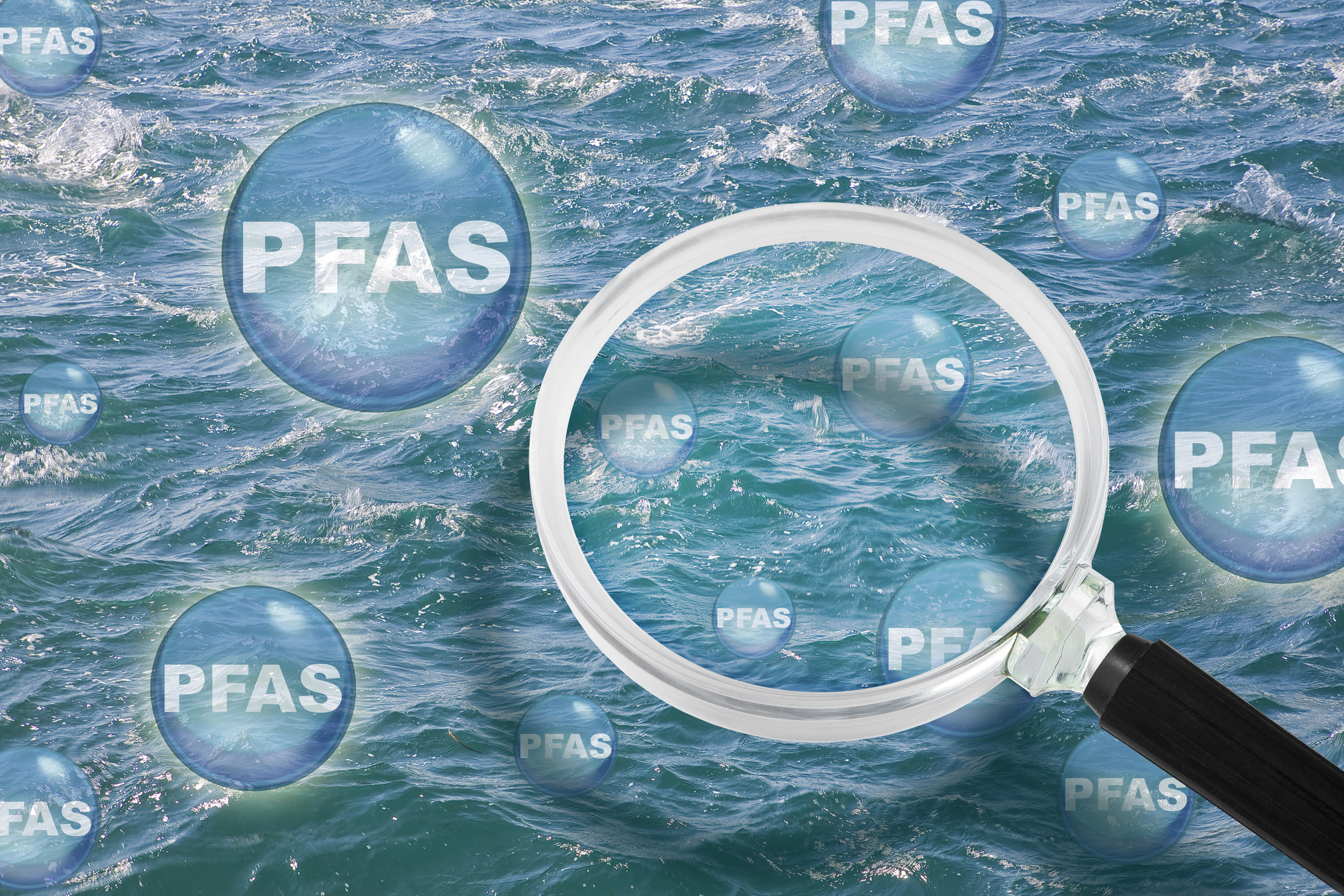
Wisconsin PFAS Status & Regulatory Update
September 10, 2024
The awareness and emphasis on per- and polyfluoroalkyl substances (PFAS) as an “emerging contaminant” have led to the rapid and on-going evolution of the regulatory landscape at both the federal and state level.

Treatment of PFAS to Allow for Beneficial Use of Impacted Dredged Sediments
July 18, 2024
Approximately 200 to 300 million cubic yards of sediment are dredged each year by the US Army Corps of Engineers (USACE) and other federal interests (USEPA, 2007).

Coming at You Fast – The Latest on RCRA and PFAS Regulations
March 1, 2024
The EPA published its Proposed Rule for Listing of Specific PFAS as Hazardous Constituents under the Resource Conservation and Recovery Act (RCRA).

New EPA Rule Impacts PFAS TRI Reporting and Supplier Notifications
November 20, 2023
What Affected Facilities Need to Know About Applicability, Reporting Changes and Deadlines

EPA Proposes Changes to Air Emissions Reporting Requirements (AERR)
August 30, 2023
The EPA is proposing updates to their Air Emissions Reporting Requirements (AERR) through amendments to 40 CFR Parts 2 and 51.

How Does PFAS Contamination Impact the Environment?
August 11, 2023
PFAS are widely used in the production of numerous products. Some PFAS chemicals are the by-product of manufacturing processes. As a result, PFAS contamination is widespread, with PFAS being found nearly everywhere in the world.

Helping Airports Identify and Mitigate PFAS Risks
May 30, 2023
This white paper focuses on some unique strategies and situations we have encountered at some airport sites.

EPA Finds Trichloroethylene Presents Unreasonable Risk in Final Risk Evaluation
April 6, 2023
On Jan 9, 2023, the United States Environmental Protection Agency (EPA) revised the Toxic Substance Control Act (TSCA) to reflect a new risk determination for trichloroethylene (TCE).

Proposed Use of a Hazard Index for PFAS National Primary Drinking Water Regulation (NPDWR)
April 4, 2023
The Proposed MCL and MCLG for the four PFAS, PFNA, PFHxS, GenX, and PFBS, considers their toxicity as additive. The EPA has proposed a HI of 1.0 as the MCL and MCLG for the four PFAS combined.

Proposed MCLGs and MCLs for PFAS
March 15, 2023
Final Regulatory Determination for Contaminants on the Fourth Drinking Water Contaminant Candidate List

QA and Chemistry Services
February 23, 2023
TRC offers many QA and Chemistry services including data usability assessments, limited and full data validation reports, quality assurance project plan preparation, selection of appropriate analytical methodologies and laboratory audits.

PFAS Fate and Transport
February 23, 2023
Understanding PFAS properties and behavior is key to effective detection and remediation.

PFAS Fate and Transport: Conceptual Site Models
February 23, 2023
The conceptual site model describes site-specific sources, release and transport mechanisms, exposure media, exposure points, exposure pathways and routes and potential human and/or ecological receptor populations.

EPA Announces $2 Billion in Funding to Address Emerging Contaminants in Drinking Water
February 14, 2023
Environmental Protection Agency Administrator Michael Regan announced $2 Billion in infrastructure funding to help the nation’s rural water supplies.
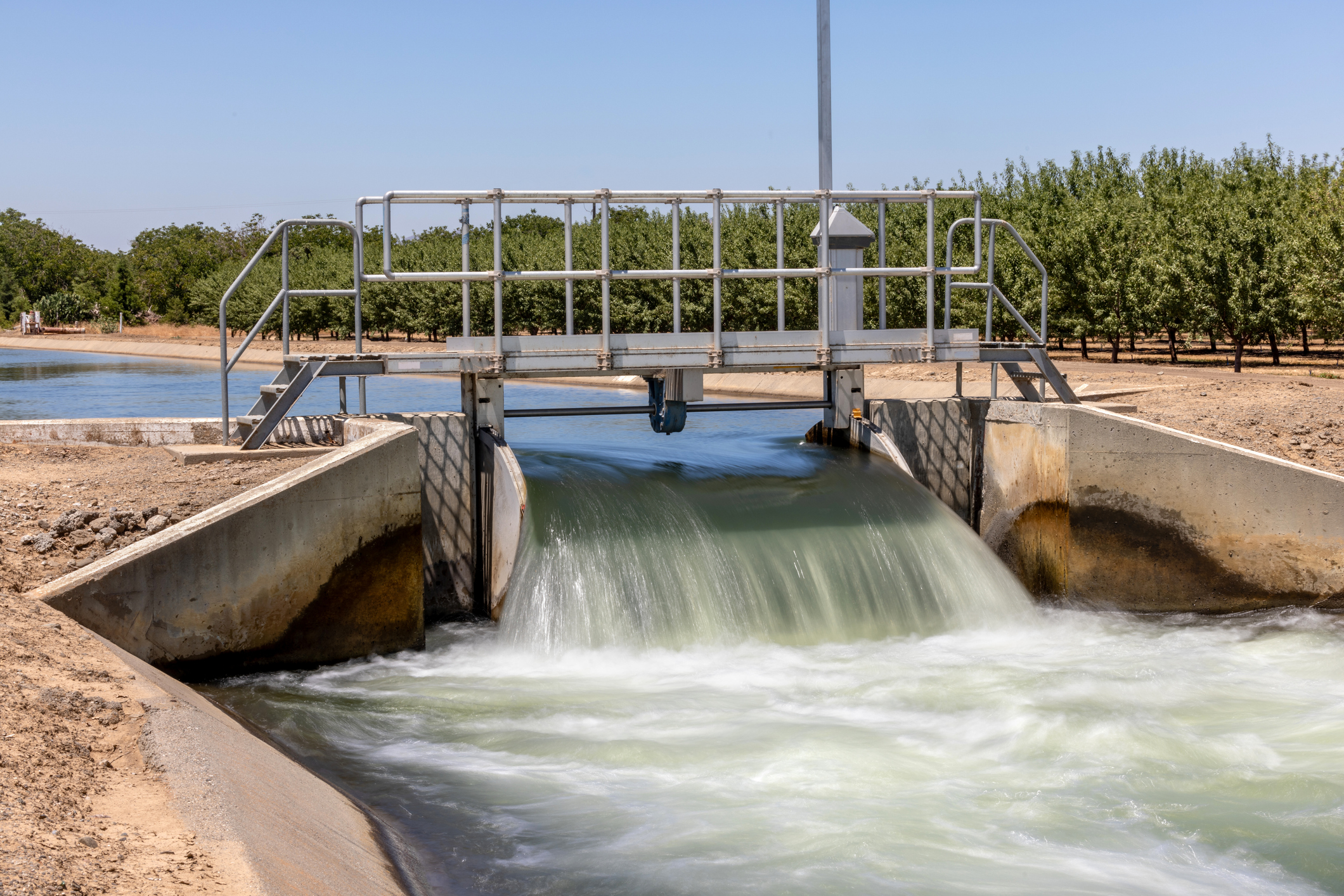
EPA Publishes Effluent Guidelines Program Plan 15
February 14, 2023
The EPA announced updated effluent limitations guidelines under Plan 15, focusing on the evaluation and rulemaking process for per- and polyfluoroalkyl substances (PFAS) discharges.

PFAS: Remedial Approaches
February 8, 2023
Remediating Per- and poly-fluoroalkyl substances (PFAS) from the soil and water requires effective techniques and innovative technologies. TRC’s experts are well versed in several remediation strategies intended to remove PFAS and prevent re-exposure.

TRI PFAS Reporting Requirements Continue to Expand
January 25, 2023
The list of PFAS for TRI reporting has increased to a total of 189 for reporting year 2023.

PFAS Discharges in NPDES Permits
December 19, 2022
In a follow-up to the EPA Office of Water’s April 28, 2022 memo, EPA released “Part 2″, providing guidance for the NPDES permitting/pretreatment program as it relates to restricting discharges of PFAS to water bodies.

Washington State Establishes PFAS Cleanup Levels
September 21, 2022
The Washington State Department of Ecology (Ecology) recently published a list of 6 PFAS compounds that now have soil and groundwater cleanup levels

New National Emerging Contaminants Research Initiative
September 12, 2022
The Executive Office of the President of the United States announced a National Emerging Contaminant Research Initiative

EPA Issues Proposed Rule Designating PFOA and PFOS as Hazardous Substances
September 7, 2022
The EPA has issued a pre-publication version of a proposed rule to designate two PFAS compounds as hazardous substances under CERCLA.

Five New PFAS Added to EPA Regional Screening Levels (RSLs)
June 24, 2022
EPA announced the addition of five new PFAS to the list of Regional Screening Levels (RSLs)

EPA Announces Updated Drinking Water Health Advisories for Four PFAS Chemicals: PFOS, PFOA, PFBS, & GenX
June 24, 2022
On June 15, 2022, the EPA released updated Health Advisory Levels for four per- and polyfluoroalkyl substances (PFAS) in drinking water

Integrating Sustainability, Digital Connectivity and Design Optimization in Wastewater Treatment Systems
June 20, 2022
Some organizations rarely think about water and wastewater treatment, until there is a problem. American industry depends on the ability to treat wastewater discharges while complying with regulatory standards and addressing emerging contaminants. If wastewater treatment fails, our environment is negatively impacted, and companies are exposed to shutdowns, delays and fines.

Worst Case Discharges of Hazardous Substances – Proposed Rule
May 25, 2022
In compliance with the Clean Water Act (CWA), the U.S. Environmental Protection Agency (EPA) recently proposed a new rule for onshore non-transportation-related facilities requiring specified facilities to plan for worst case discharges (WCDs) of CWA hazardous substances that could cause substantial harm to the environment.

PFAS Discharges and NPDES Permits
May 25, 2022
On April 28, 2022, the U.S. Environmental Protection Agency’s (EPA) Office of Water released a memo addressing the use of National Pollutant Discharge Elimination System (NPDES) permits to restrict per- and poly-fluoroalkyl substances (PFAS) discharges to water bodies.

EPA Proposes Aquatic Life Criteria for PFOA and PFOS
May 25, 2022
On May 3, 2022, under the Clean Water Act (CWA), the United States Environmental Protection Agency (USEPA) proposed the first aquatic life criteria for both short-term and long-term toxic effects from Perfluorooctanoic Acid (PFOA) and Perfluorooctane Sulfonic Acid (PFOS).

SEC Releases New Proposed Rules Requiring Public Companies to Disclose Climate Risks
April 12, 2022
On March 21, 2022, the U.S. Securities and Exchange Commission (SEC) issued its proposed rules for The Enhancement and Standardization of Climate-Related Disclosures for Investors which would require public companies in the U.S. to disclose information in their annual financial reports.

PFOA & PFOS As CERCLA Hazardous Substances: What Does This Mean and How Can You Be Prepared?
February 17, 2022
A plan to designate two per- and polyfluoroalkyl substances (PFAS) as “hazardous substances” under CERCLA was recently submitted by the EPA.

New Phase I ESA Standard Will Affect Environmental Due Diligence
January 25, 2022
After years of review, revisions and discussions, the new ASTM E1527 Phase I Environmental Site Assessment (Phase I ESA) standard has been published. The new standard includes updates to definitions, clarifications on processes and requirements, and guidance for emerging contaminants.

Fifth Unregulated Contaminant Monitoring Rule Lists 29 PFAS
January 21, 2022
EPA published fifth Unregulated Contaminant Monitoring Rule as required every five years and 29 of the 30 contaminants listed are PFAS.

Need help collecting PFAS samples for NJDEP deadline December 15?
October 7, 2021
NJDES Category B or L Industrial Permit holders – If you haven’t obtained your first PFAS sample yet, time is running out. All New Jersey Pollutant Discharge Elimination System (NJDES) Category B or L Industrial Permit holders are required by the New Jersey Department of Environmental Projection (NJDEP) to collect two representative effluent samples, taken 30 days apart, to be analyzed for PFAS by an approved laboratory and submitted to them by December 15, 2021.

Interpretation of “Waters of the United States” (WOTUS) Reverts to Pre-2015 Regulatory Definition
September 29, 2021
Environmental Protection Agency (EPA) and U.S. Army Corps of Engineers (ACOE) revert to pre-2015 regulatory program definition of “Waters of the United States.”

EPA Solicits Comments on PFAS Discharges in Five Point Source Categories
September 23, 2021
EPA solicits comments in five point source categories (PSCs) in the manufacture, use, treatment and discharge of PFAS.

PFAS Air Emissions Standards and Trends for Summer 2021
August 17, 2021
Environmental impacts of PFAS in ambient air leads to states implementing PFAS air-related thresholds.

Cryptocurrency: The Environmental Threats and Opportunities
August 9, 2021
Cryptocurrency (also known as crypto) is taking the fintech industry by storm, despite the economic experts who still dismiss it as a viable form of currency. Although often criticized for this volatility, whistleblowers are also further shining a light on the severe toll that these digital currencies are taking on the environment.

TRC Colorado PFAS Regulatory Update
July 21, 2021
Update on Colorado’s recent policies and plans to regulate new and historical discharges of per- and polyfluoroalkyl substances (PFAS) into the environment.

2021 EPA TRI Reporting Requirements for Natural Gas Processing Facilities
July 12, 2021
Indication EPA finalizing a rule to add natural gas extraction or processing plants to EPCRA Toxics Release Inventory (TRI) reporting.

Implementing bioremediation at environmental cleanup sites: TRC experts weigh in at leading industry conference
May 17, 2021
TRC experts make several presentations at the Battelle conference about innovative approaches they have developed for implementing and monitoring bioremediation and the use of naturally-occurring or deliberately-introduced micro-organisms to break down environmental pollutants.

Interim Guidance on Destruction and Disposal of PFAS & Materials Containing PFAS
February 19, 2021
Interim Guidance from EPA identifies 6 materials that use or manufacture PFAS and approaches for disposal.
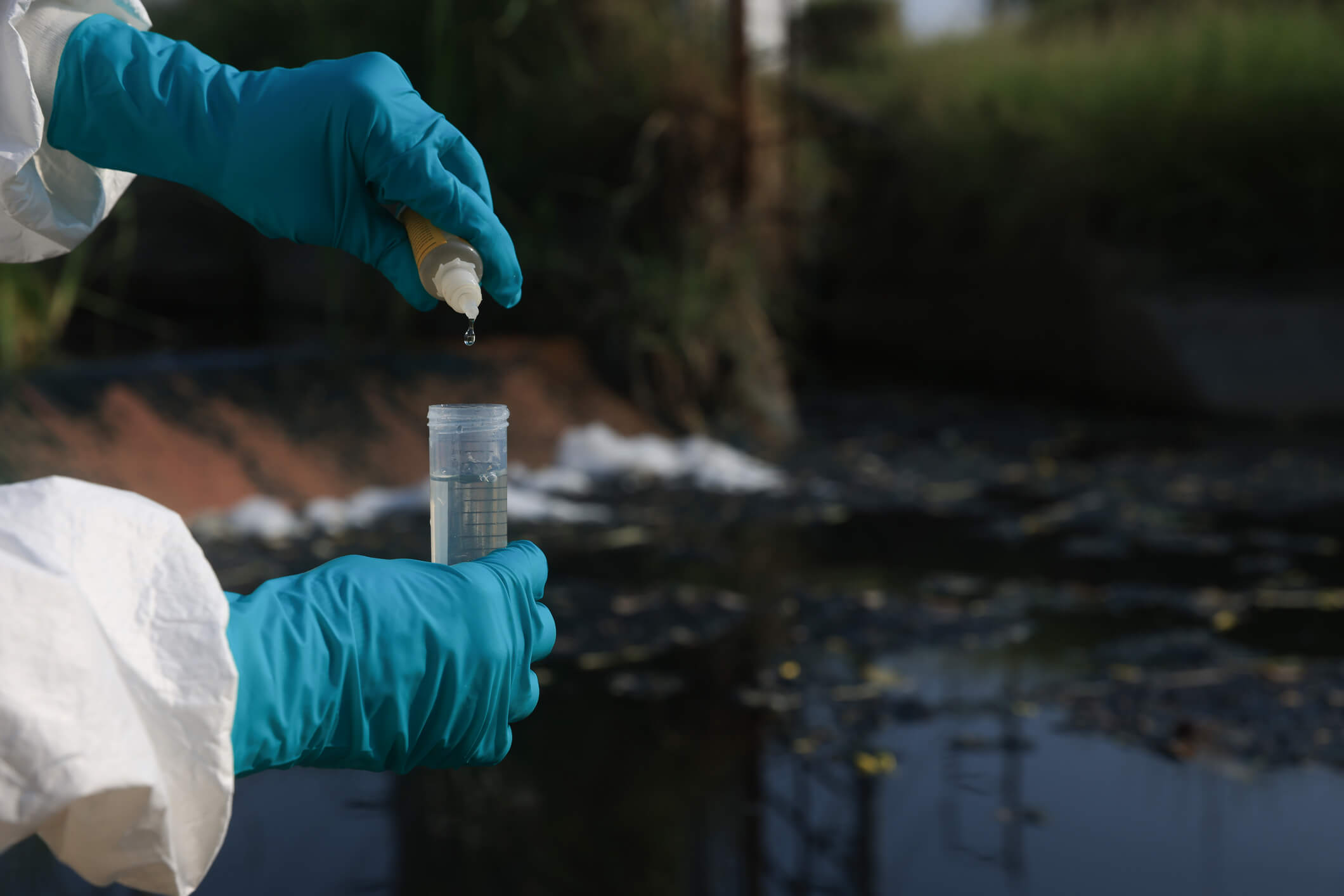
EPA continues to aggressively address PFAS wastewater with two new strategies
January 4, 2021
EPA takes steps toward PFAS wastewater and storm water permitting, and analytical methods for testing.

TRC Companies Inc. Acquires 1Source Safety and Health
November 11, 2020
TRC Companies (“TRC”), a leading technology-driven provider of end-to-end engineering, consulting and construction management solutions, has acquired 1Source Safety and Health, a firm that provides management consulting services in areas such as indoor air quality, asbestos management, industrial hygiene and safety management systems.

Ecological Risk of PFAS from AFFF-Impacted Sites
June 30, 2020
The facts on evaluating exposure to wildlife

TRC’s Reporting Tool Can Help Identify New PFAS under the TRI
May 19, 2020
While utilities often work in technical silos, NERC auditors are trained to cross check compliance evidence and data between interrelated standards.

